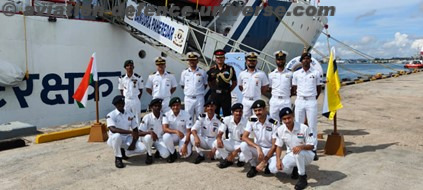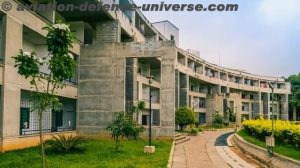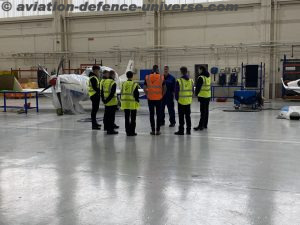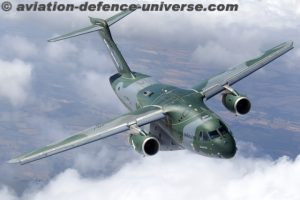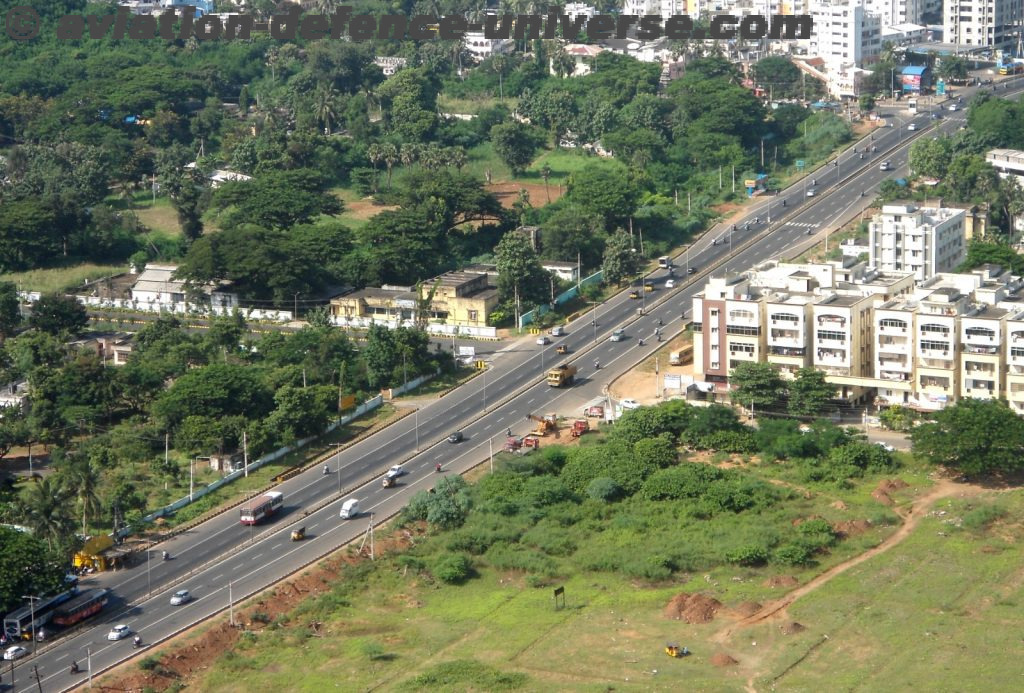New Delhi. 21 December 2020. An armed conflict was triggered after December 21, 1963, a period remembered by Turkish Cypriots as Bloody Christmas, when a Greek Cypriot policemen that had been called to help deal with a taxi driver refusing officers already on the scene access to check the identification documents of his customers, took out his gun upon arrival and shot and killed the taxi driver and his partner. Eric Solsten summarised the events as follows: “a Greek Cypriot police patrol, ostensibly checking identification documents, stopped a Turkish Cypriot couple on the edge of the Turkish quarter. A hostile crowd gathered, shots were fired, and two Turkish Cypriots were killed.”
In the morning after the shooting, crowds gathered in protest in Northern Nicosia, likely encouraged by the TMT, without incident. On the evening of the 22nd, gunfire broke out, communication lines to the Turkish neighbourhoods were cut, and the Greek Cypriot police occupied the nearby airport. On the 23rd, a ceasefire was negotiated, but did not hold. Fighting, including automatic weapons fire, between Greek and Turkish Cypriots and militias increased in Nicosia and Larnaca. A force of Greek Cypriot irregulars led by Nikos Sampson entered the Nicosia suburb of Omorphita and engaged in heavy firing on armed, as well as by some accounts unarmed, Turkish Cypriots. The Omorphita clash has been described by Turkish Cypriots as a massacre, while this view has generally not been acknowledged by Greek Cypriots.
Further ceasefires were arranged between the two sides, but also failed. By Christmas Eve, the 24th, Britain, Greece, and Turkey had joined talks, with all sides calling for a truce. On Christmas day, Turkish fighter jets overflew Nicosia in a show of support. Finally it was agreed to allow a force of 2,700 British soldiers to help enforce a ceasefire. In the next days, a “buffer zone” was created in Nicosia, and a British officer marked a line on a map with green ink, separating the two sides of the city, which was the beginning of the “Green Line“. Fighting continued across the island for the next several weeks.
In total 364 Turkish Cypriots and 174 Greek Cypriots were killed during the violence. 25,000 Turkish Cypriots from 103-109 villages fled and were displaced into enclaves and thousands of Turkish Cypriot houses were ransacked or completely destroyed.
Contemporary newspapers also reported on the forceful exodus of the Turkish Cypriots from their homes. According to The Times in 1964, threats, shootings and attempts of arson were committed against the Turkish Cypriots to force them out of their homes. The Daily Express wrote that “25,000 Turks have already been forced to leave their homes”.The Guardian reported a massacre of Turks at Limassol on 16 February 1964.
Turkey had by now readied its fleet and its fighter jets appeared over Nicosia. Turkey was dissuaded from direct involvement by the creation of a United Nations Peacekeeping Force in Cyprus (UNFICYP) in 1964. Despite the negotiated ceasefire in Nicosia, attacks on the Turkish Cypriot persisted, particularly in Limassol. Concerned about the possibility of a Turkish invasion, Makarios undertook the creation of a Greek Cypriot conscript-based army called the “National Guard”. A general from Greece took charge of the army, whilst a further 20,000 well-equipped officers and men were smuggled from Greece into Cyprus. Turkey threatened to intervene once more, but was prevented by a strongly worded letter from the American President Lyndon B. Johnson, anxious to avoid a conflict between NATO allies Greece and Turkey at the height of the Cold War.
Turkish Cypriots had by now established an important bridgehead at Kokkina, provided with arms, volunteers and materials from Turkey and abroad. Seeing this incursion of foreign weapons and troops as a major threat, the Cypriot government invited George Grivas to return from Greece as commander of the Greek troops on the island and launch a major attack on the bridgehead. Turkey retaliated by dispatching its fighter jets to bomb Greek positions, causing Makarios to threaten an attack on every Turkish Cypriot village on the island if the bombings did not cease. The conflict had now drawn in Greece and Turkey, with both countries amassing troops on their Thracian borders. Efforts at mediation by Dean Acheson, a former U.S. Secretary of State, and UN-appointed mediator Galo Plaza had failed, all the while the division of the two communities becoming more apparent. Greek Cypriot forces were estimated at some 30,000, including the National Guard and the large contingent from Greece. Defending the Turkish Cypriot enclaves was a force of approximately 5,000 irregulars, led by a Turkish colonel, but lacking the equipment and organisation of the Greek forces.
The Secretary-General of the United Nations in 1964, U Thant, reported the damage during the conflicts:UNFICYP carried out a detailed survey of all damage to properties throughout the island during the disturbances; it shows that in 109 villages, most of them Turkish-Cypriot or mixed villages, 527 houses have been destroyed while 2,000 others have suffered damage from looting.









